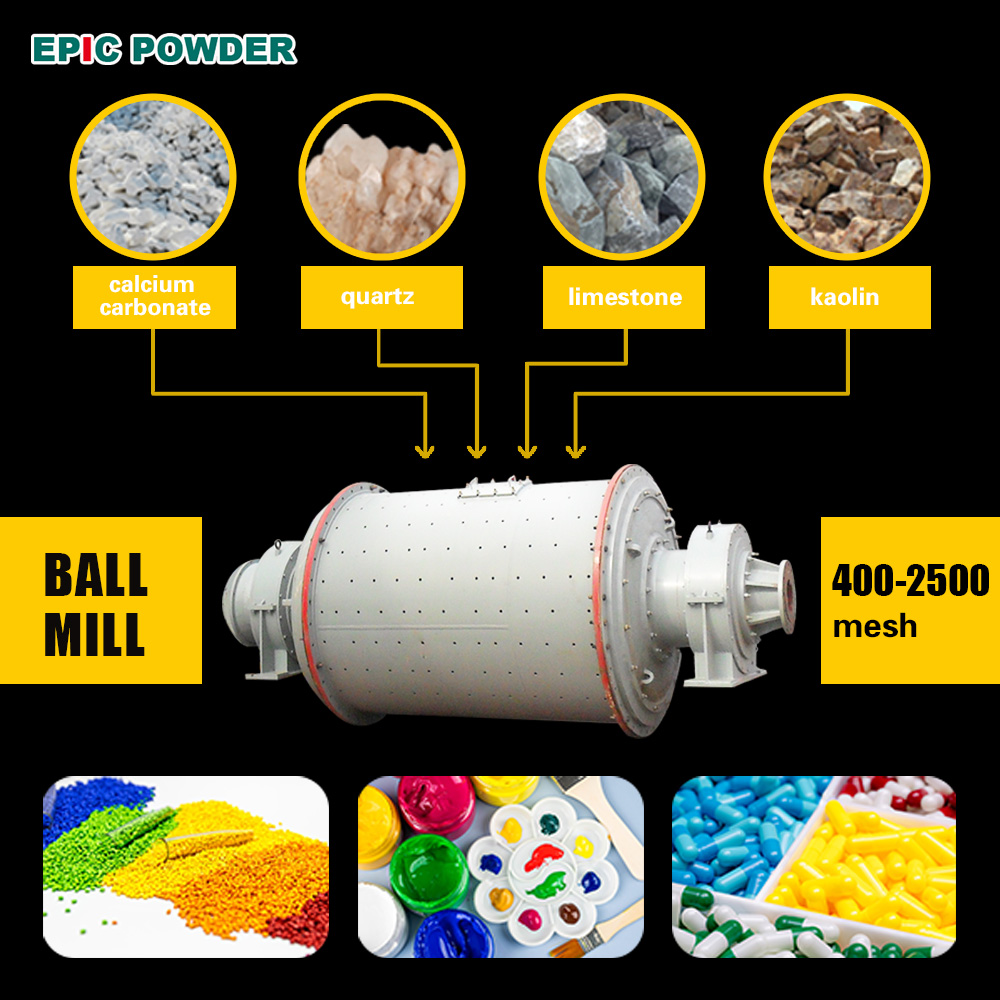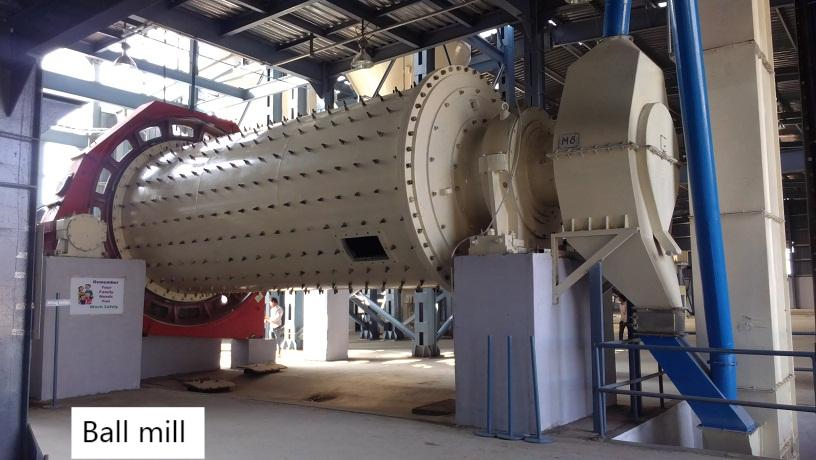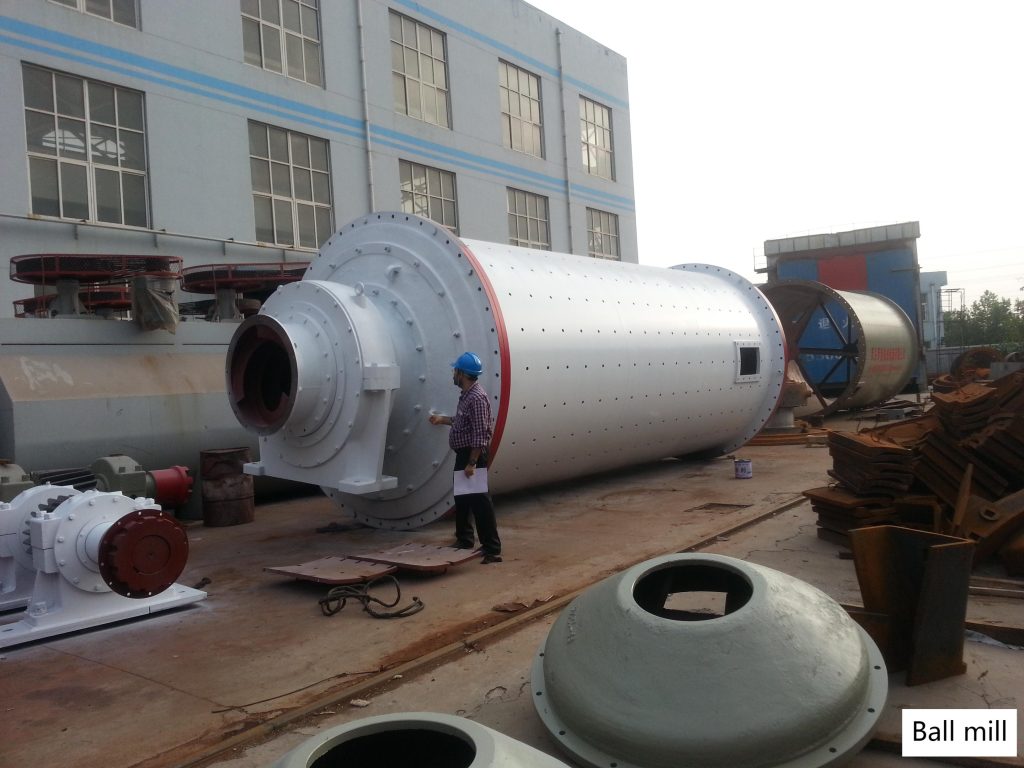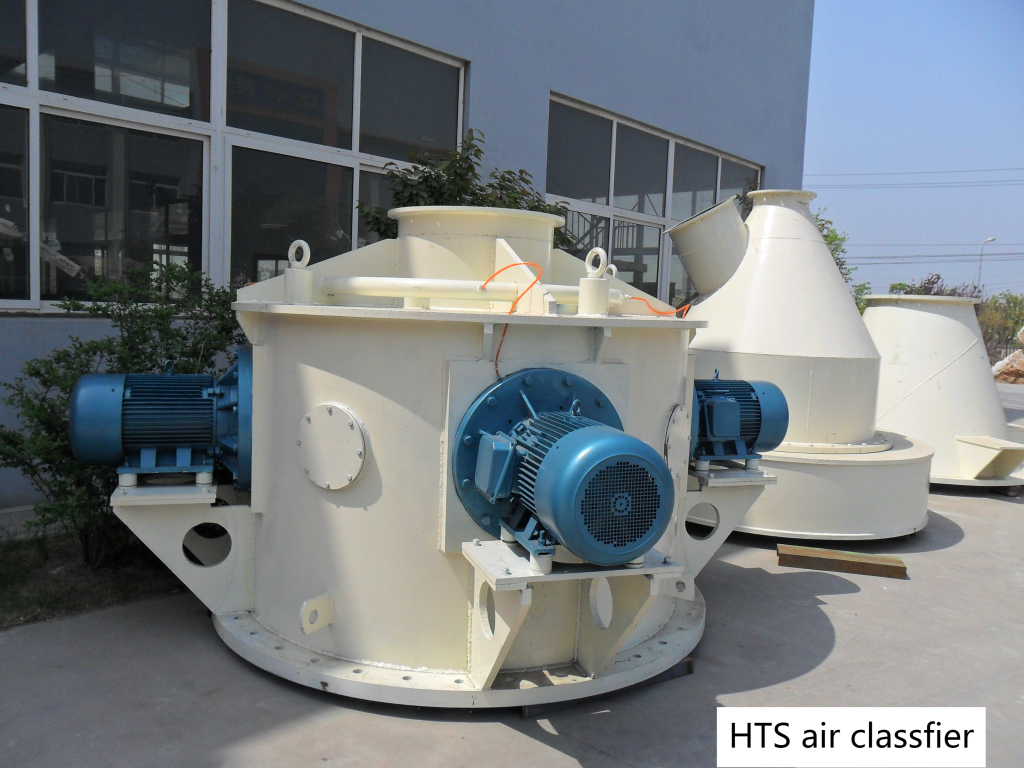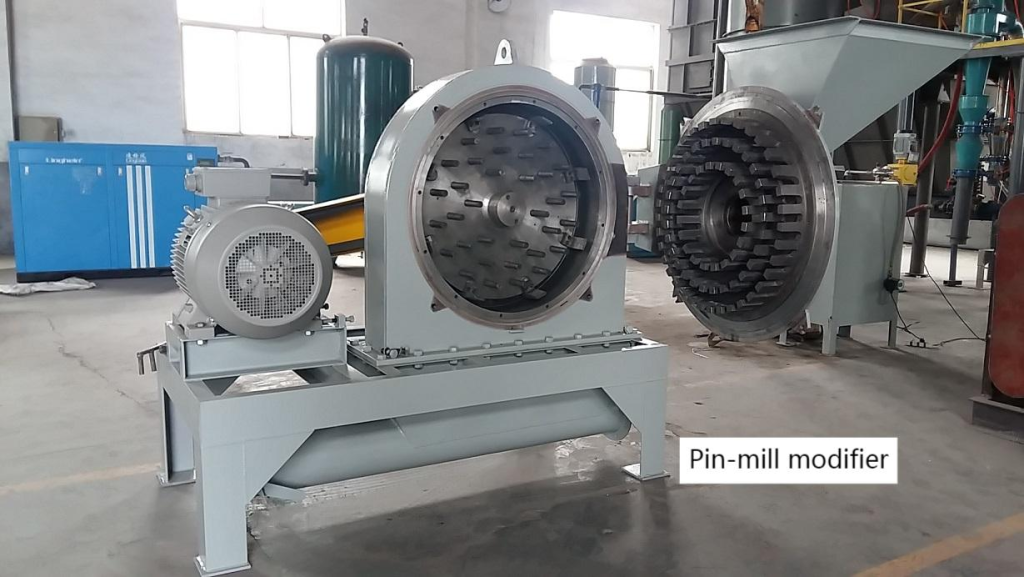1. Introduction
The reason why powder flows is essentially the imbalance of forces on particles in the powder. Analysis shows that the forces acting on particles include gravity, adhesion between particles, friction and electrostatic force etc. Among them, the greatest influences on powder flow are gravity and adhesion between particles. What’s more, factors of particle size distribution and particle shape also have important influence on powder fluidity. Additionally, factors of temperature, water content, electrostatic voltage, porosity, bulk density, bonding index and internal friction coefficient, and humidity in the air can also affect powder fluidity. Below we will analyze several important factors.
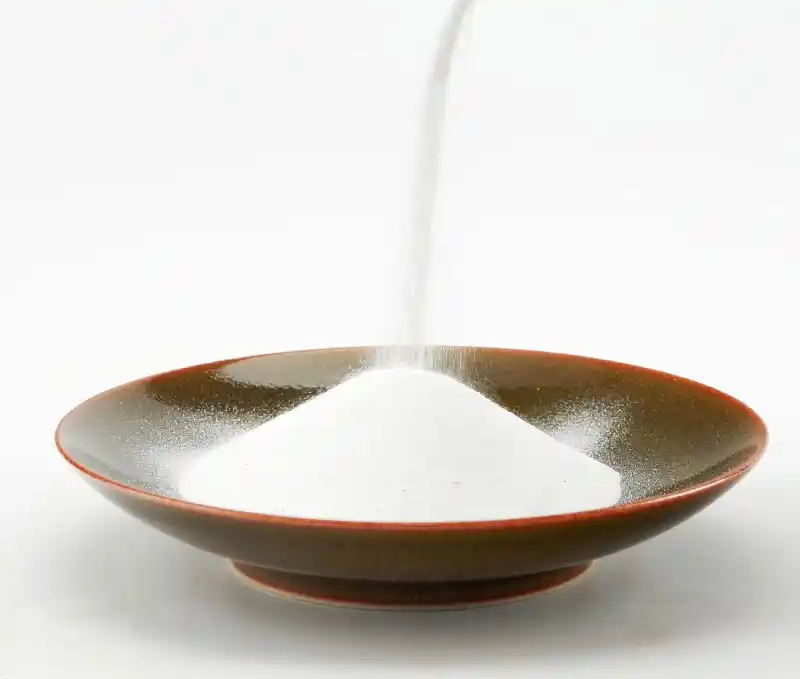
2. Main factors affecting powder fluidity
2.1. Particle size
The specific surface area of powder is inversely proportional to particle size. The smaller the particle size, the larger the specific surface area. First, as particle size decreases, the molecular attraction and electrostatic attraction between powders gradually increase, this reduces the fluidity of powders; Secondly, the smaller the particle size, the easier it is for particles to aggregate into agglomerates, and then the greater the adhesion, this increases the angle of repose and poor fluidity; Thirdly, as particle size decreases, particles are more likely to form tight stack, this reduces the air permeability, increases the compression, thereby reducing the fluidity of powders.
2.2. Shape
Besides particle size, particle shape also has a significant impact on powder fluidity. Powders with the same particle size but different shapes have different fluidity. It is obvious that the smallest contact area between spherical particles, the best fluidity they have. For needle-shaped particles, their surface has lots of plat contact points as well as shear forces between irregular particles, so their fluidity is poor.

2.3. Temperature
As the temperature continues to rise, the powder fluidity increases first and then decreases. At low temperature, the density of particles increases as the temperature increases, this improves powder fluidity; however, when the temperature is too high, the adhesion of particles increases, this decreases powder fluidity. At the same time, higher temperature will affect bulk density and tap density of powders, thereby reducing powder fluidity.
2.4. Moisture content
When the powder is dry, the fluidity is generally good, but if too dry, the particles will attract each other due to electrostatic effects, causing bad fluidity. When powders contain a small amount of water, the water adsorbed on the surface of particles would have little effect on powder fluidity. While, as water content keeps increasing, a water film is formed around the adsorbed water on the particles, and then the resistance between particles increases, this results in low powder fluidity. When water content exceeds the maximum molecular bound water, the more water content, the worse the powder fluidity.
3. Conclusion
There are many factors that affect powder fluidity, and we will not go into details here. In conclusion, the enhancement of powder fluidity has an important impact in many fields. For example: in pharmaceutical, chemical and metallurgical industries, powder fluidity can affect production efficiency. If the powder has good fluidity, the production line can run smoothly. At the same time, powder fluidity also directly affects the quality of final products. Moreover, powder fluidity has an important impact on production safety. Powders with poor fluidity may cause static electricity during production, causing safety hazards. Therefore, the importance of powder fluidity in industrial production is self-evident.

Qingdao Epic Powder Machinery Co., Ltd. is a manufacturer specializing in the production of powder processing equipment. We own lots of practical experience on how to increase the fluidity of powders.
The main products include:
– Mill: ball mill, roller mill, jet mill, air classifier mill(ACM), vibration mill and impact mill etc.
– Classifier: four series of air classifiers: HTS, ITC, MBS and CTC.
– Modifier: pin-mill modifier, turbo-mill modifier and three-roller modifier etc.
– Auxiliary equipment: control cabinet, dust collector and bucket elevator etc.
– Customers can also customize equipment according to their needs, one customer one design.
If you are interested in products from Qingdao Epic, please contact staff directly, we are always at your service.
Below are photos from Qingdao Epic for your reference.
